The integration of technology in Japanese dining is reshaping the way traditional experiences are offered. As Japan’s culinary scene evolves, maintaining cultural authenticity becomes crucial. This transformation is not about replacing tradition but enhancing it through modern solutions.
In the evolving landscape of Japanese dining, the fusion of tradition and technology is a fascinating development. This harmonious blend is crucial as the culinary world seeks to preserve its rich heritage while embracing modern innovations. Japanese dining has long been revered for its meticulous attention to detail and profound respect for cultural practices. However, with the advent of advanced technologies, such as Rezku POS, there is a growing interest in how these can be incorporated without compromising the essence of authenticity.
Traditional Japanese Dining Concepts
At the heart of Japanese dining lies the concept of omotenashi, an embodiment of hospitality that goes beyond mere service. This philosophy ensures that every guest feels genuinely cared for and valued, making each dining experience unique and memorable. Traditional elements such as seasonal ingredients, meticulous presentation, and a serene ambiance are integral parts of this practice. Together, they create an immersive experience that celebrates both the food and the cultural narrative behind it.
The significance of these elements cannot be overstated, as they form the backbone of what makes Japanese dining distinct. In an age where efficiency often overshadows personal touch, maintaining these traditions is more important than ever. As diners increasingly seek authentic experiences, these timeless practices serve as a reminder of Japan’s culinary roots and its commitment to hospitality.
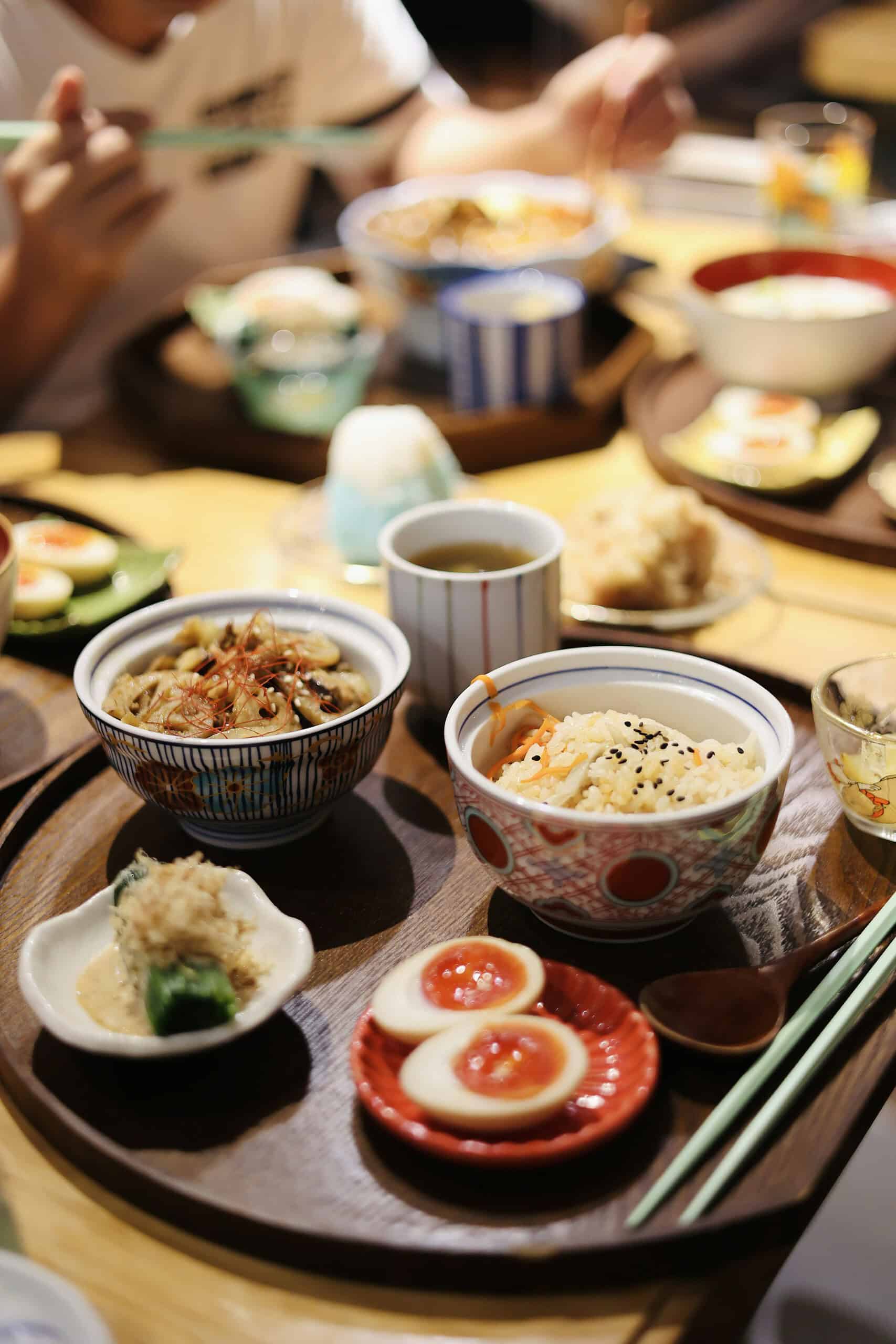
As you explore various dining establishments in Japan, you’ll notice how each strives to uphold these principles. The delicate balance between preserving tradition and integrating modernity is a testament to the country’s ability to adapt while remaining true to its origins.
The art of kaiseki, a traditional multi-course dining experience, exemplifies these dining concepts perfectly. Each dish is carefully crafted to reflect not only the season but also the local environment and cultural context. This attention to detail extends to the selection of dishware, room decoration and even the timing of service. The ritualistic nature of these meals creates a meditative atmosphere where diners can fully appreciate each moment and every subtle flavor, embodying the Japanese concept of mindful eating.
Introduction of Modern POS Systems
Amidst this backdrop, modern POS systems are revolutionizing how traditional Japanese dining establishments operate. These solutions streamline operations by automating various processes, allowing staff to focus more on delivering exceptional service rather than administrative tasks. With these systems seamlessly integrated into daily operations, restaurants can enhance efficiency without losing sight of their cultural values.

The implementation of such technology offers numerous benefits that extend beyond operational improvements. By reducing wait times and simplifying payment processes, guests enjoy a smoother dining experience from start to finish. Moreover, this technological integration allows for better inventory management and data analysis, empowering restaurant owners with insights that drive informed decision-making.
Importantly, these advancements do not detract from the traditional dining experience but rather enrich it. By leveraging technology thoughtfully, Japanese restaurants can uphold their commitment to omotenashi while meeting the demands of a modern clientele.
Advanced POS systems are now incorporating artificial intelligence and machine learning capabilities to predict peak dining hours, optimize staffing levels, and anticipate inventory needs based on historical data patterns. These smart systems can even suggest menu modifications based on ingredient availability and seasonal changes, helping restaurants maintain their commitment to using fresh, seasonal ingredients while minimizing waste. This technological evolution represents a significant step forward in combining traditional Japanese culinary principles with modern operational efficiency.
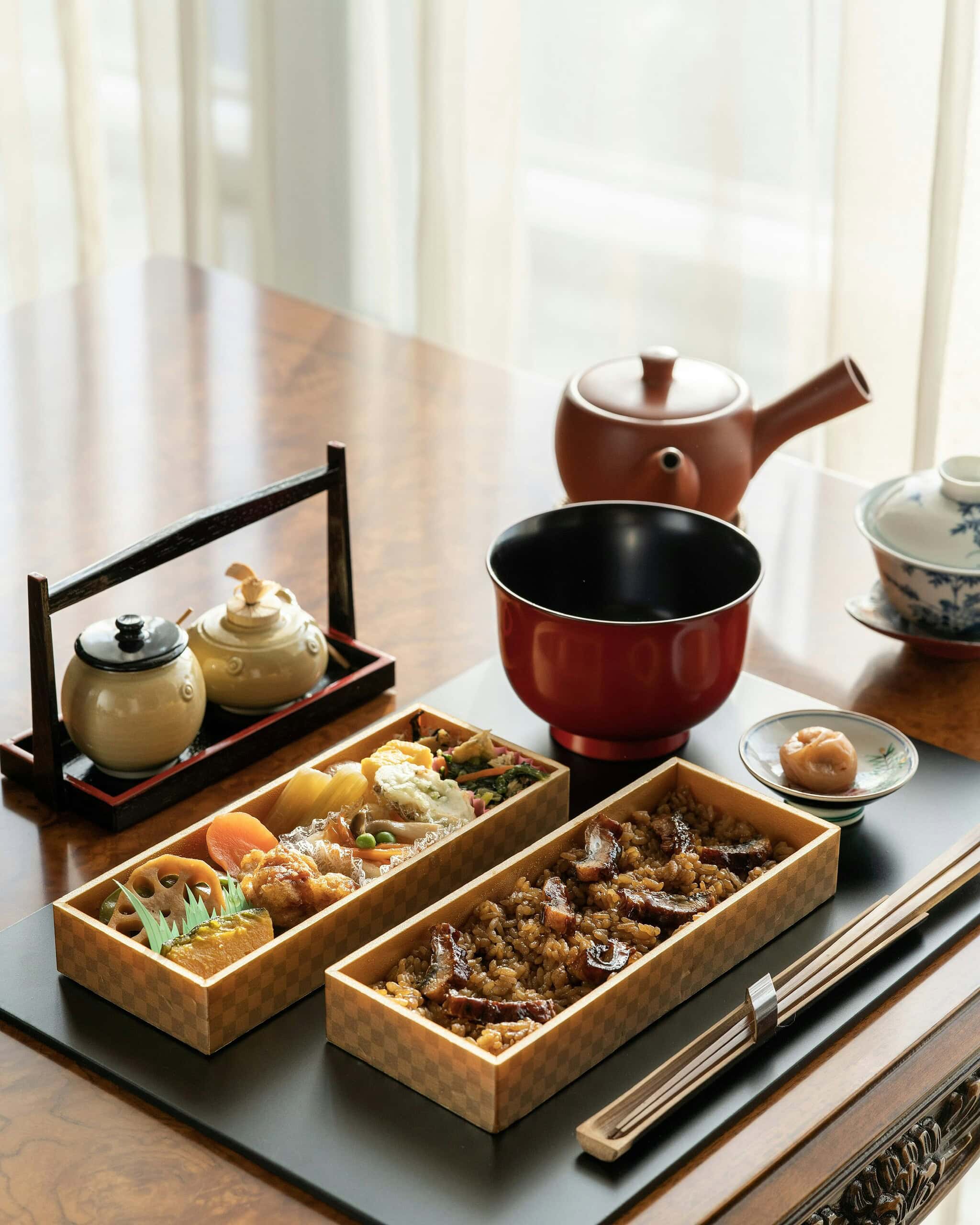
Enhancing Customer Experience
The integration of technology in Japanese dining isn’t just about efficiency; it’s about enhancing the overall customer journey. By implementing modern solutions discreetly within their operations, restaurants can elevate every aspect of service delivery. From seamless reservations to personalized menu recommendations based on preferences, technology enhances how guests interact with their surroundings.
This approach also allows establishments to gather valuable feedback and insights directly from customers. Through digital platforms, diners can share their experiences in real-time, enabling restaurateurs to address concerns promptly and refine their offerings accordingly. This two-way communication fosters a deeper connection between guests and the establishment, reinforcing loyalty and encouraging repeat visits.
Ultimately, when technology is used thoughtfully and respectfully within this context, it complements rather than competes with traditional practices. It ensures that guests leave with not only a satisfied palate but also a lasting impression of genuine hospitality and care.
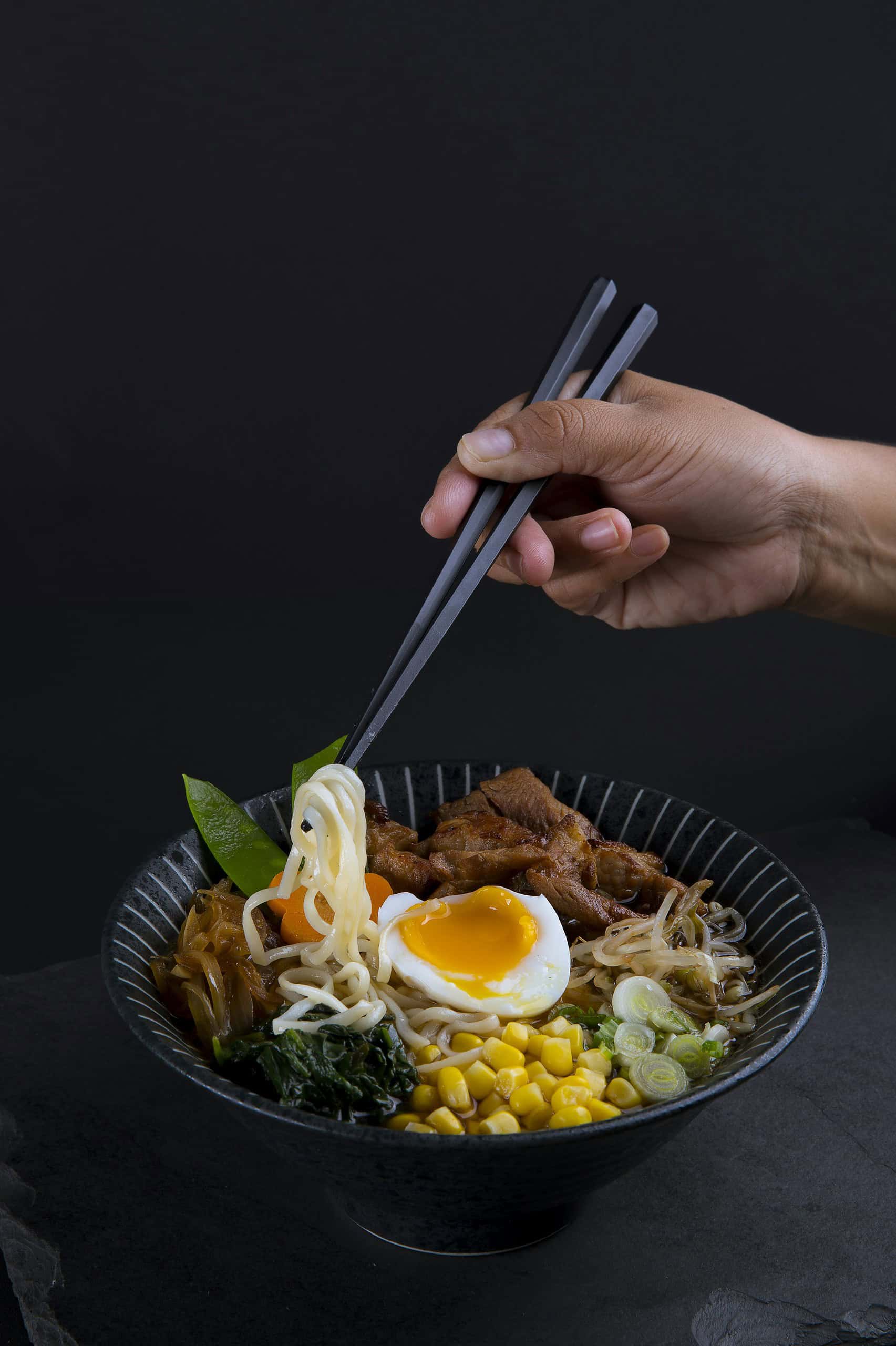
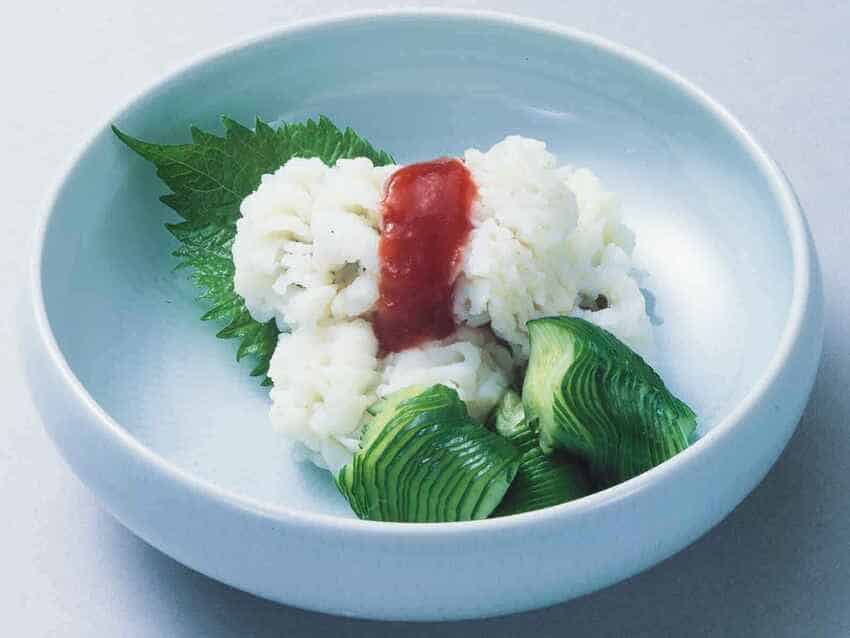

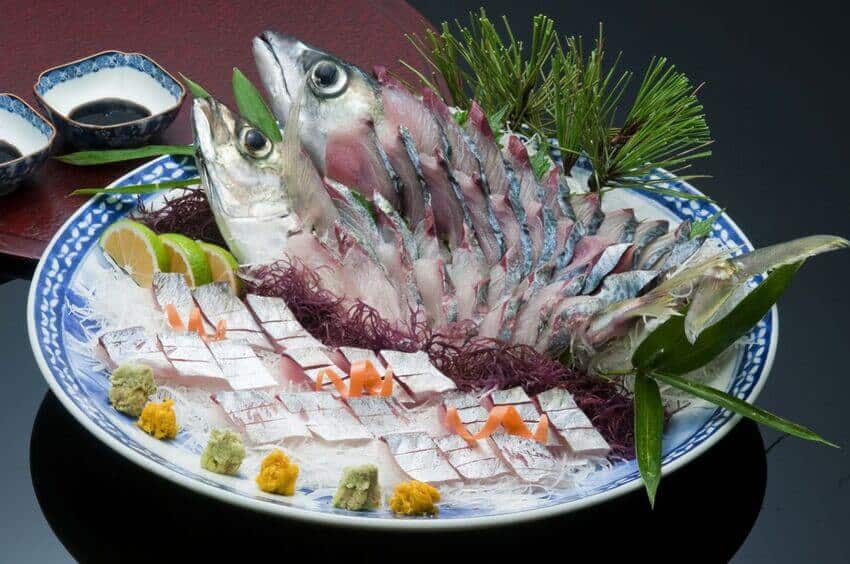
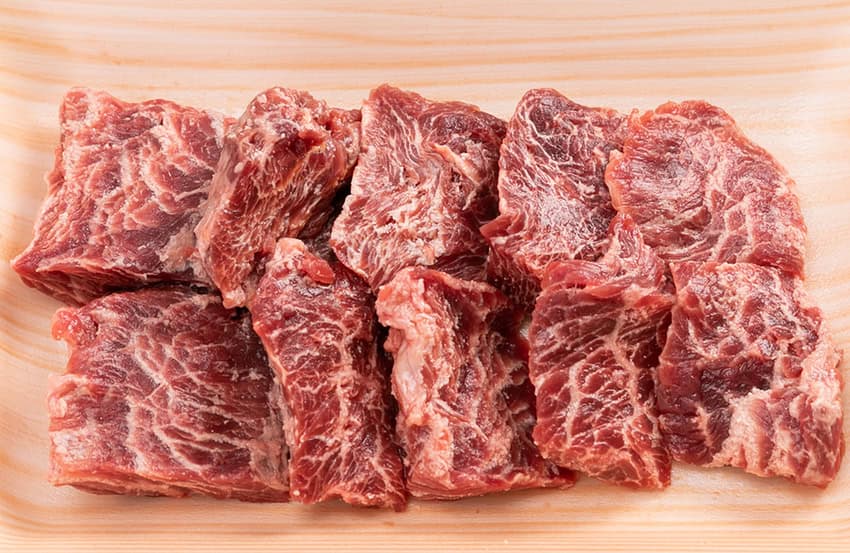
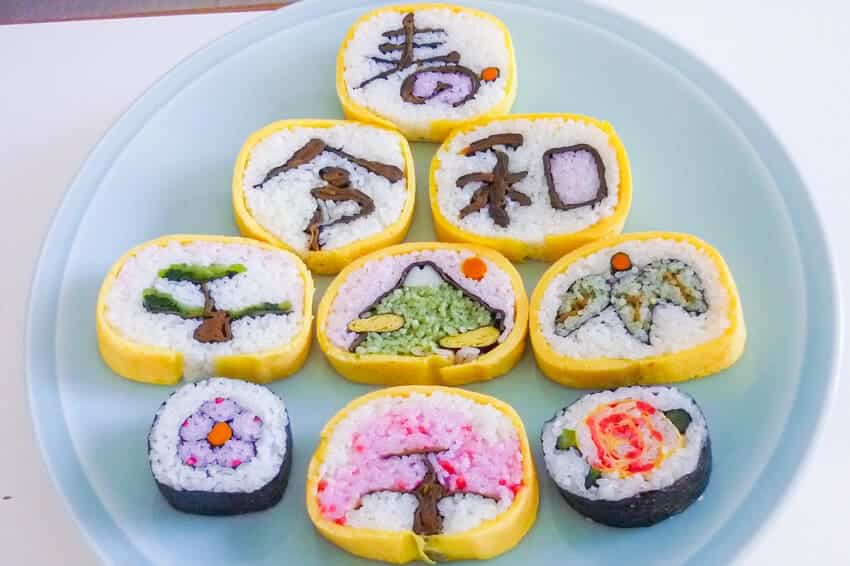




Comments